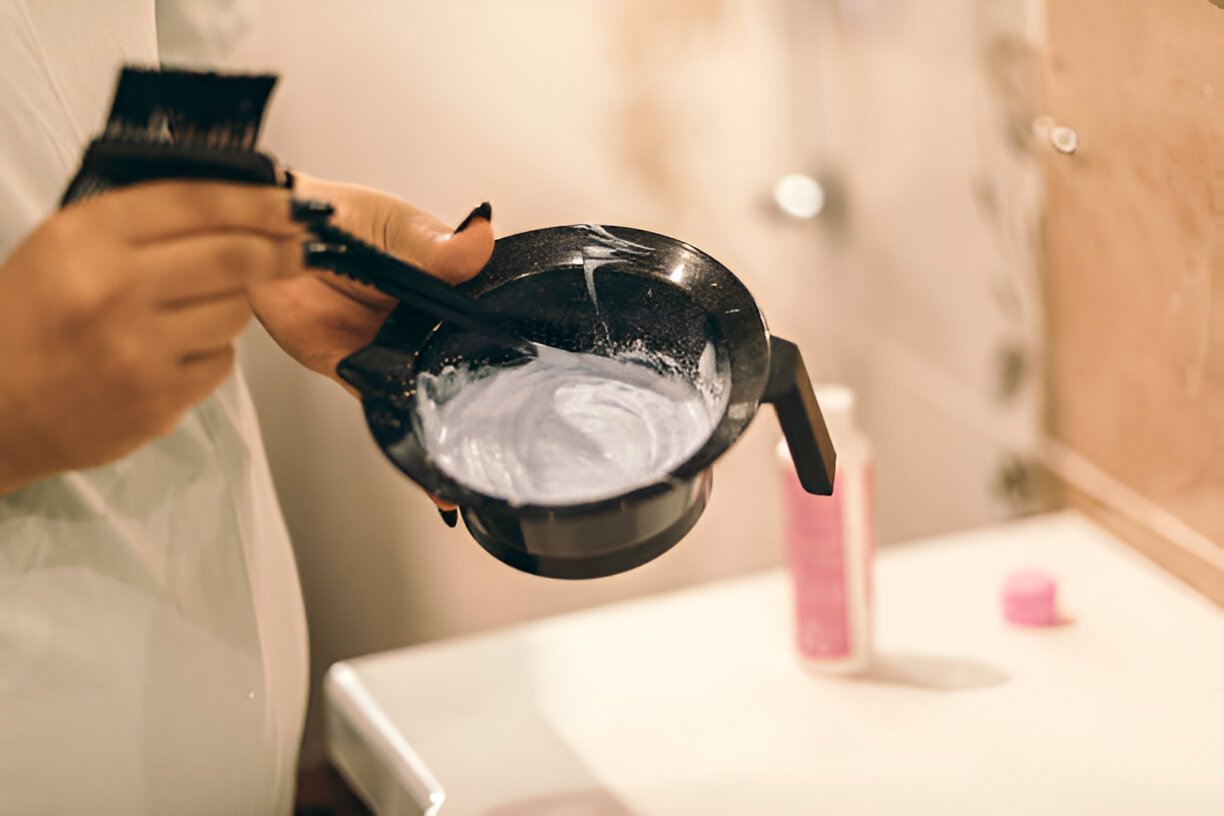Mixing household cleaning products can be a dangerous game, especially when it comes to combining ammonia and bleach. This common cleaning mistake poses serious health risks and can lead to potentially life-threatening situations. Many people are unaware of the harmful chemical reaction that occurs when these two substances come into contact, making it crucial to understand the dangers and take necessary precautions.
This article delves into the chemistry behind the ammonia and bleach reaction, exploring why this combination is so hazardous. It also highlights common household products that contain these substances and provides guidance on safe cleaning practices. By learning about the risks associated with mixing ammonia and bleach, readers can protect themselves and their families from accidental exposure to toxic fumes and make informed decisions about their cleaning habits.
Read More About: Spironolactone For Hair Loss
The Chemistry Behind Ammonia and Bleach
The chemical reaction between ammonia and bleach produces highly toxic gasses, primarily chloramine (NH2Cl). This reaction occurs when sodium hypochlorite, the active ingredient in chlorine bleach, comes into contact with ammonia. The balanced chemical equation for this reaction is:
2 NaOCl + NH3 → NaCl + NaOH + NH2Cl
This reaction is highly exothermic, meaning it releases a significant amount of heat. In poorly ventilated areas, this can potentially lead to explosions. The chloramine gas produced is extremely dangerous, as it can cause severe respiratory issues and, in high concentrations, can be fatal.
Exposure to chloramine gas can result in various symptoms, including chest pain, coughing, nausea, shortness of breath, and watery eyes. In severe cases, it can cause pneumonia, fluid in the lungs, loss of consciousness, and even death.
Dangers of Mixing Ammonia and Bleach
Mixing ammonia and bleach creates a highly toxic gas called chloramine, which poses severe health risks. This dangerous combination occurs when sodium hypochlorite, the active ingredient in chlorine bleach, reacts with ammonia. The resulting chloramine gas can cause immediate and potentially life-threatening symptoms. Exposure to these fumes can lead to coughing, nausea, shortness of breath, and watery eyes. In more severe cases, individuals may experience chest pain, pneumonia, and fluid buildup in the lungs. High concentrations of chloramine gas can result in loss of consciousness, coma, and even death. The reaction between ammonia and bleach is highly exothermic, potentially causing explosions in poorly ventilated areas. Due to these serious risks, it is crucial never to mix these two cleaning agents.
Click Here to Understand About: Hair Porosity
Common Household Products Containing Ammonia or Bleach
Many everyday cleaning products contain ammonia or bleach, making it crucial to be aware of their presence. Ammonia is often found in glass cleaners, all-purpose cleaners, and bathroom cleaners. It’s known for its ability to cut through grease and leave surfaces streak-free. Bleach, scientifically known as sodium hypochlorite, is commonly present in laundry detergents, disinfecting sprays, toilet bowl cleaners, and mildew removers. Both substances are effective cleaning agents but can be dangerous when mixed. It’s important to read product labels carefully, looking for terms like “ammonia,” “hydrogen nitride,” “chlorine,” or “sodium hypochlorite.” Always use these products according to instructions and take proper safety precautions to avoid potential health risks.
Safe Cleaning Practices and Alternatives
To ensure safety when cleaning, individuals should always follow manufacturer’s instructions and use proper protective equipment. When using bleach, it’s crucial to wear gloves, goggles, and protective clothing. Diluting bleach correctly is essential: use 75 ml of bleach per 4.5 liters of water for disinfection. Never mix bleach with other products, especially those containing ammonia, as this can produce toxic gasses. Ensure proper ventilation when using cleaning products. For safer alternatives, consider using hydrogen peroxide-based cleaners, which break down into water and oxygen. Vinegar and water solutions or lemon juice mixtures can effectively clean glass surfaces. Always store cleaning products in a cool, dry place away from children and sunlight.
Also Read About to Understand: Does Rogaine Work
Conclusion
The dangerous combination of ammonia and bleach serves as a stark reminder of the importance of safe cleaning practices. Understanding the chemistry behind this reaction and its potential consequences has a significant impact on household safety. By being aware of common products containing these substances and following proper guidelines, individuals can protect themselves and their loved ones from accidental exposure to toxic fumes.
To wrap up, the key takeaway is to never mix cleaning products, especially those containing ammonia and bleach. This knowledge empowers consumers to make informed decisions about their cleaning habits and to prioritize safety in their homes. By adopting safer alternatives and adhering to recommended practices, we can maintain clean and healthy living spaces without putting ourselves at risk.
FAQs
1. Why is mixing ammonia and bleach dangerous?
Mixing ammonia and bleach is dangerous because it produces chloramine gases, which are highly toxic. The reaction between sodium hypochlorite (bleach) and ammonia generates chloramine and releases significant heat, which can be hazardous in poorly ventilated spaces. Exposure to these gases can lead to severe respiratory issues, nausea, and in extreme cases, can be fatal.
2. What are the symptoms of exposure to chloramine gas?



Leave a Reply